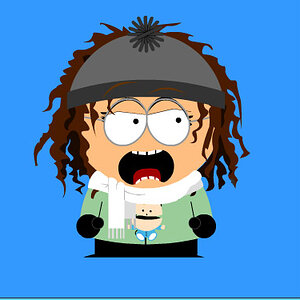Complete123
TPF Noob!
- Joined
- Dec 30, 2012
- Messages
- 2
- Reaction score
- 0
- Can others edit my Photos
- Photos OK to edit
New to the photography scene. Not new to the IT scene ( vetted in photoshop ) however a slight dilema.
Purchased: Sony DSC-f828 (mint condition!) On the cheap (bargain)
Read tutorials Apeture, Iso etc etc.
One thing confuses me though - there are many tutorials on how to take gorgeous photo's with blurred backgrounds. But I can not find anything about altering the amount of blur in the background. While I have managed to take some great profile shots; what I'd like to be able to do is only slightly blur things out of the focus target.
For instance if I have a crowd of people, and I'd like to target one while bluring the people behind .. but only slightly in such a way the faces are recognisable as faces rather than a blur.
Any tutorials how to adjust background blur? Tips? Tricks? This is one of those 'I can't fix with photoshop' situations. Is my best option just to take a photo without any blurring and photoshop it?
Purchased: Sony DSC-f828 (mint condition!) On the cheap (bargain)
Read tutorials Apeture, Iso etc etc.
One thing confuses me though - there are many tutorials on how to take gorgeous photo's with blurred backgrounds. But I can not find anything about altering the amount of blur in the background. While I have managed to take some great profile shots; what I'd like to be able to do is only slightly blur things out of the focus target.
For instance if I have a crowd of people, and I'd like to target one while bluring the people behind .. but only slightly in such a way the faces are recognisable as faces rather than a blur.
Any tutorials how to adjust background blur? Tips? Tricks? This is one of those 'I can't fix with photoshop' situations. Is my best option just to take a photo without any blurring and photoshop it?



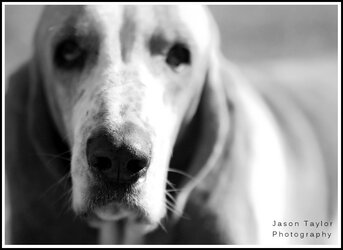
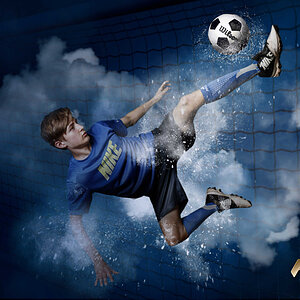
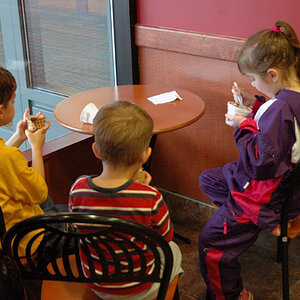
![[No title]](/data/xfmg/thumbnail/42/42349-fa3065c4e047f0114ec8715d9168dff9.jpg?1619740147)
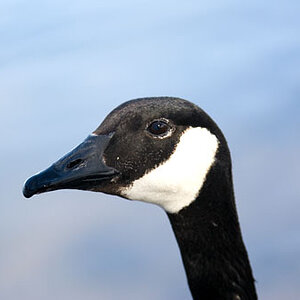
![[No title]](/data/xfmg/thumbnail/39/39295-230d6dc9ce62e92561457d4c8fb67dc6.jpg?1619738959)
![[No title]](/data/xfmg/thumbnail/32/32706-50b778fbc110c8ea4472547d54c6a923.jpg?1619735610)
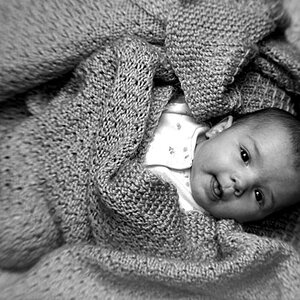
![[No title]](/data/xfmg/thumbnail/39/39292-4169a355b794ae9735845c4ad45d06ff.jpg?1619738958)
![[No title]](/data/xfmg/thumbnail/37/37622-530e264cdd98e6648079b89d7d3cd356.jpg?1619738153)
